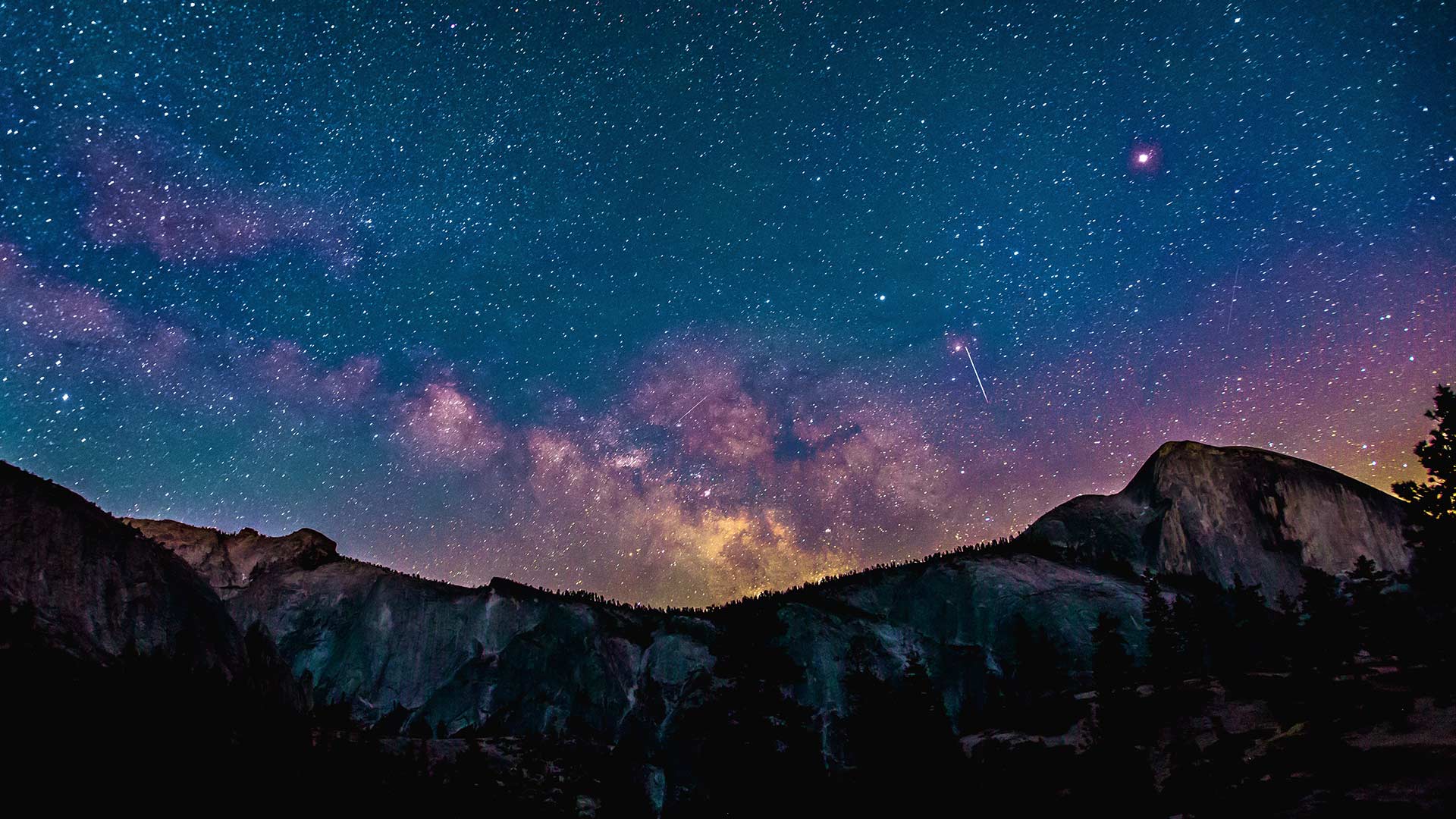Let me tell you how stars are born. A ripple perturbs the cloudy deep of a nebula, and gathers its dust into dense thickets. The gravity of matter binds one of these clusters together and it attracts more dust and gas, until its own immensity compels it to burn. A proto-star is formed—a newborn.
Yet when we observe the cosmos, all we see is history. It’s true that light moves at an incredibly rapid constant. But the stars we behold on a clear night outside of the city are so far away that we are witnessing something ancient beyond comprehension. Even the light of our own sun is eight minutes old before we receive it. Oh, to dance with Sol before his wary tendrils escape my grasp!
The gospel accounts detail the arrival of the Light.
To walk in darkness is the lot of those who pilgrim through a bent and fractured universe. I often wink at my old northern friends Big Bear and Little Bear as I traverse the treacherous folds of space-time; but they do seem distant. When I trace my own constellations in the sky, I wonder if I’m really just searching for a face. The stillness of night often burdens me with the knowledge of my own formlessness and fragmentation, loneliness and listlessness. But the stars shout like tiny beacons to waken in me a longing for inseparable union with the Light, the state of being “home.”
The gospel accounts detail the arrival of the Light. John the Beloved, invokes our mythologies surrounding the creation of the universe; the Light is the uncreated source of all things—our Mother, our Father. Matthew and Luke narrate his earthy, embodied existence as a human infant. Unlike the distant stars or our own sun, the Light came in direct proximity to humankind. Those who encountered Christ did not have to wait even eight minutes to perceive his glory. And oh, the fortunate ones who, drawn into orbit by his gravitas, first beheld his light and huddled around it in unabashed love and desperation: blue collar workers still dirty with grease and construction site dust at the end of a long day; a teen girl who bore the shame of unwed pregnancy; Persian sorcerers guided by dreams and, yes, stars.
“The heavens declare the glory of God.”
The cosmos are drenched with his beauty, singing songs and tales that incline our hearts towards home.
“The Son is the radiance of God’s glory and the exact representation of his being.”
In Christ we behold the face of God; his warmth and light nourish us on our journey through the darkest quarters of time and space.
And to what end? John’s own apocalyptic visions suggest we’re headed towards something brilliant beyond our current neural capacity. Maybe we’ll no longer be bound to linear time. Maybe we’ll get to participate in stellar midwifery and birth new galaxies. Maybe unicorns will be there. At present, though, I find the most radiant portals of Light in the faces of his image-bearers. We are his little lights who, as the prophet foretold, “Shine with the brightness of the heavens…like the stars forever and ever.”

